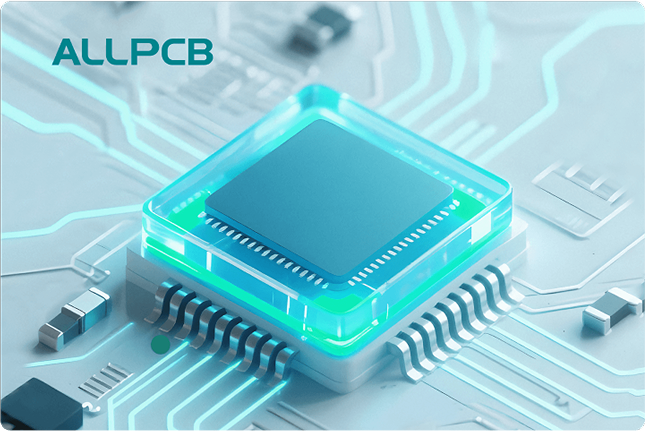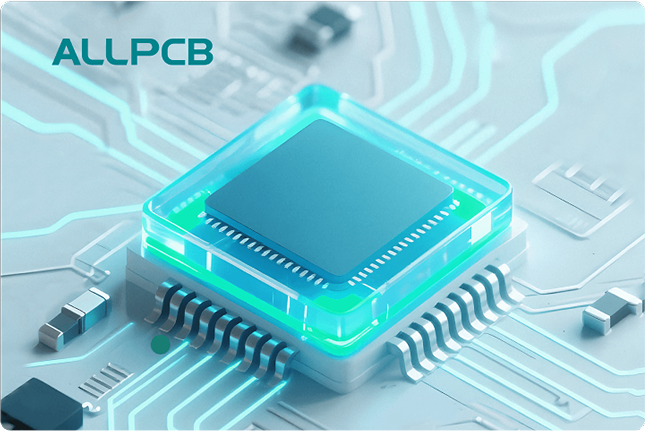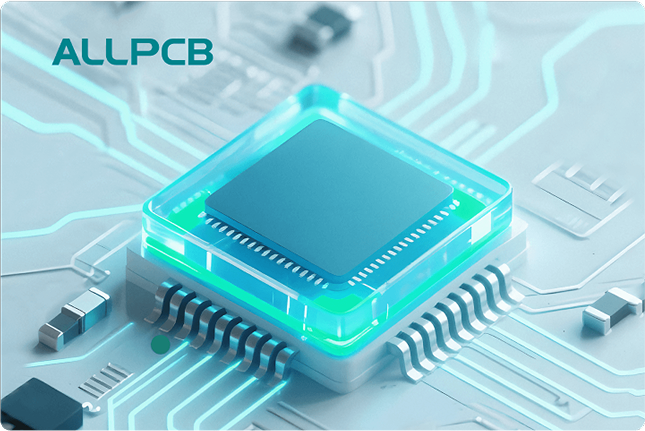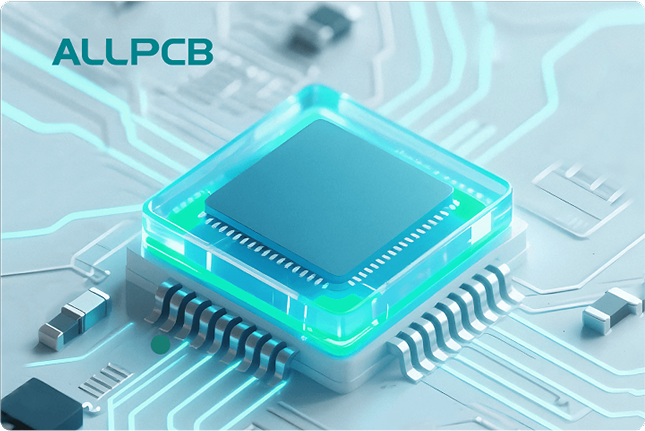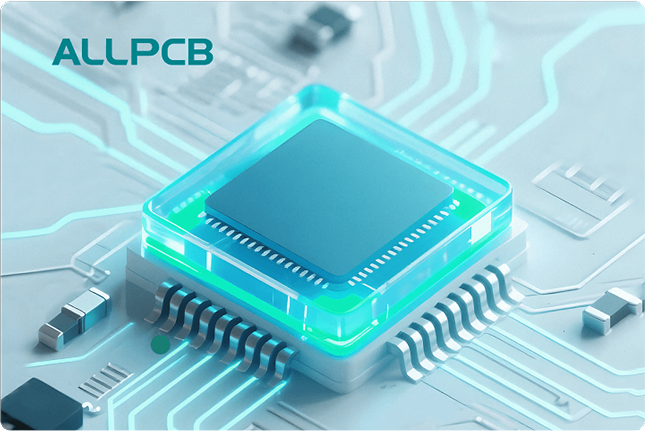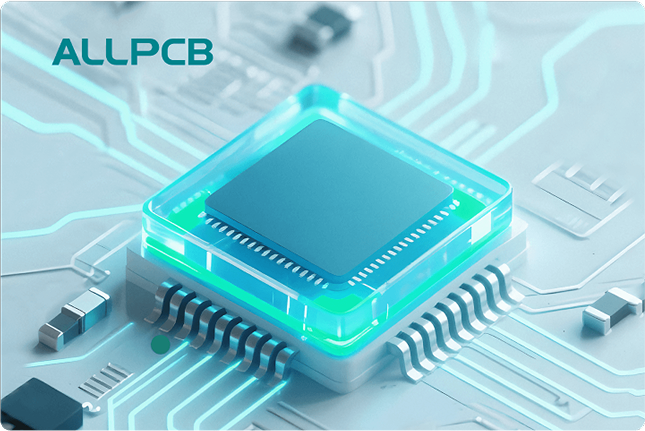Ensuring strong conformal coating adhesion is critical for protecting printed circuit boards (PCBs) from environmental hazards like moisture, dust, and chemicals. One of the most overlooked factors in achieving this adhesion is the proper use of cleaning agents before coating. In this comprehensive guide, we dive into the impact of cleaning agents on conformal coating adhesion, explore common adhesion problems, and share best practices for PCB cleaning before conformal coating. Whether you're dealing with adhesion issues or aiming to improve the reliability of your PCBs, this post will provide actionable insights on selecting the right cleaning agents and optimizing your process.
Why Cleaning Agents Matter for Conformal Coating Adhesion
Conformal coating is a thin protective layer applied to PCBs to shield them from harsh conditions. However, if the PCB surface isn’t clean before coating, contaminants like flux residues, oils, or dust can prevent proper adhesion, leading to issues like delamination or coating defects. Cleaning agents play a vital role in removing these contaminants, ensuring the coating bonds effectively to the board.
Poor adhesion can result in serious problems, such as electrical failures due to leakage currents or corrosion under the coating. Studies have shown that up to 60% of conformal coating adhesion problems stem from inadequate surface preparation. By using the right cleaning agents and methods, you can significantly reduce these risks and enhance the durability of your PCBs.
Understanding Conformal Coating Adhesion Problems
Conformal coating adhesion problems often manifest as peeling, bubbling, or cracking of the coating layer. These issues not only compromise the protective barrier but also expose the PCB to environmental damage. Let’s explore the root causes of these problems, many of which are tied to improper cleaning.
- Flux Residues: Leftover flux from soldering can create a barrier between the PCB surface and the coating. Rosin-based fluxes, for instance, can leave sticky residues that resist coating adhesion if not removed with an effective cleaning agent.
- Oils and Greases: Fingerprints or manufacturing oils can contaminate the PCB surface. These organic residues often require specialized solvents to ensure a clean, bondable surface.
- Dust and Particles: Airborne contaminants can settle on PCBs during assembly, interfering with the coating’s ability to form a uniform layer.
- Moisture: Trapped moisture on the PCB can cause adhesion failure, especially with coatings like parylene that are sensitive to water during application.
The Role of PCB Cleaning Before Conformal Coating
PCB cleaning before conformal coating is a non-negotiable step in the manufacturing process. A clean surface ensures that the coating can form a strong mechanical and chemical bond with the board. Without this preparation, even the highest-quality coating materials—such as acrylics, silicones, or urethanes—will fail to provide adequate protection.
Cleaning not only removes visible contaminants but also eliminates microscopic residues that can affect surface energy. Surface energy, often measured in dynes per centimeter, determines how well a coating wets and adheres to the PCB. A properly cleaned surface typically has a surface energy of 38-40 dynes/cm or higher, which is ideal for most conformal coatings.
Steps for Effective PCB Cleaning
- Initial Inspection: Check the PCB for visible residues or contaminants under magnification. This helps identify problem areas that need targeted cleaning.
- Choose the Right Cleaning Agent: Select a cleaning solution based on the type of contaminants present. For example, isopropyl alcohol (IPA) is effective for flux residues, while aqueous cleaners work well for ionic contaminants.
- Apply Cleaning Method: Use manual brushing, ultrasonic cleaning, or vapor degreasing depending on the PCB’s complexity and fragility. Ensure even coverage to avoid missed spots.
- Dry Thoroughly: Remove all traces of cleaning agents and moisture using compressed air or a drying oven. Residual moisture can lead to adhesion issues or corrosion over time.
- Final Inspection: Verify cleanliness using a contact angle measurement or a water break test. A clean surface will show uniform wetting without beading.
Cleaning Agents for Conformal Coating: Types and Selection
Choosing the right cleaning agents for conformal coating preparation is essential for achieving optimal adhesion. Different agents are suited for specific contaminants and PCB materials. Below, we outline common types of cleaning agents and their applications.
1. Isopropyl Alcohol (IPA)
IPA is a widely used solvent for removing flux residues and light organic contaminants. With a purity level of 99% or higher, it evaporates quickly and leaves minimal residue. However, IPA may not be effective against heavy greases or ionic contaminants, and overuse can damage sensitive components.
2. Aqueous Cleaners
Water-based cleaners are ideal for removing ionic residues, such as salts from soldering processes. These cleaners often include surfactants to enhance their ability to dissolve contaminants. They are environmentally friendly but require thorough drying to prevent moisture-related adhesion issues.
3. Solvent-Based Cleaners
Solvent cleaners, such as hydrocarbon-based solutions, are effective for heavy oils and greases. They are often used in vapor degreasing systems for consistent cleaning. However, they may require careful handling due to flammability and environmental concerns.
4. Specialty Cleaners
For specific contaminants or delicate components, specialty cleaners like citrus-based solvents or fluorinated solvents may be necessary. These are tailored for unique applications, such as cleaning high-reliability aerospace PCBs, where even trace residues can cause failures.
When selecting a cleaning agent, consider the PCB material, component compatibility, and environmental regulations. Always test the cleaner on a sample board to ensure it doesn’t damage components or leave harmful residues.
Improving Conformal Coating Adhesion Through Cleaning Best Practices
Improving conformal coating adhesion starts with a meticulous cleaning process. Here are some best practices to ensure your PCBs are properly prepared for coating.
1. Standardize Cleaning Protocols
Create a consistent cleaning procedure that specifies the type of cleaning agent, method, and drying time. For example, a protocol might involve a 5-minute ultrasonic bath in a 10% aqueous cleaner solution followed by a 30-minute drying cycle at 60°C. Consistency reduces variability and adhesion failures.
2. Use Surface Testing Methods
After cleaning, test the PCB surface for cleanliness using tools like a goniometer to measure contact angle. A contact angle below 30 degrees typically indicates a clean, high-energy surface ready for coating. If the angle is higher, additional cleaning may be needed.
3. Control the Cleaning Environment
Maintain a cleanroom environment to prevent recontamination after cleaning. Airborne particles can settle on the PCB, undoing the cleaning effort. A controlled environment with a cleanliness level of ISO Class 7 or better is ideal for high-reliability applications.
4. Avoid Over-Cleaning
Excessive cleaning can damage components or strip away beneficial surface treatments. Balance thoroughness with caution, especially when using aggressive solvents or prolonged ultrasonic cleaning, which can cause mechanical stress on delicate parts.
5. Match Cleaning to Coating Type
Different conformal coatings have unique adhesion requirements. For instance, parylene coatings require an exceptionally clean surface due to their vapor deposition process, while silicone coatings may tolerate minor residues. Tailor your cleaning process to the specific coating material.
Common Mistakes to Avoid in PCB Cleaning for Conformal Coating
Even with the best intentions, mistakes in the cleaning process can lead to conformal coating adhesion problems. Here are some pitfalls to watch out for.
- Skipping Cleaning: Some manufacturers skip cleaning to save time, assuming the PCB is "clean enough." This often results in adhesion failures and costly rework.
- Using Incompatible Cleaners: A cleaning agent that damages components or leaves residues can do more harm than good. Always verify compatibility with the PCB and components.
- Inadequate Drying: Failing to remove all moisture or solvent residues can trap contaminants under the coating, leading to delamination or corrosion.
- Ignoring Masking Areas: Cleaners can seep into areas meant to remain uncoated, such as connectors, if not properly masked. This can affect functionality or adhesion in adjacent areas.
Conclusion: Ensuring Long-Term PCB Protection with Proper Cleaning
The impact of cleaning agents on conformal coating adhesion cannot be overstated. A clean PCB surface is the foundation of a reliable protective layer, guarding against environmental threats and ensuring long-term performance. By understanding common conformal coating adhesion problems and implementing best practices for PCB cleaning before conformal coating, you can significantly improve the quality and durability of your boards.
Start by selecting the right cleaning agents for conformal coating, whether it’s IPA for flux residues or aqueous solutions for ionic contaminants. Follow a standardized cleaning process, test for surface readiness, and avoid common mistakes like inadequate drying or skipping steps. With these strategies, you’ll be well on your way to achieving strong adhesion and robust PCB protection.
At ALLPCB, we’re committed to helping you optimize every step of your PCB manufacturing process. From cleaning to coating, our expertise and resources are here to support your success in creating high-quality, reliable electronics.
 ALLPCB
ALLPCB


